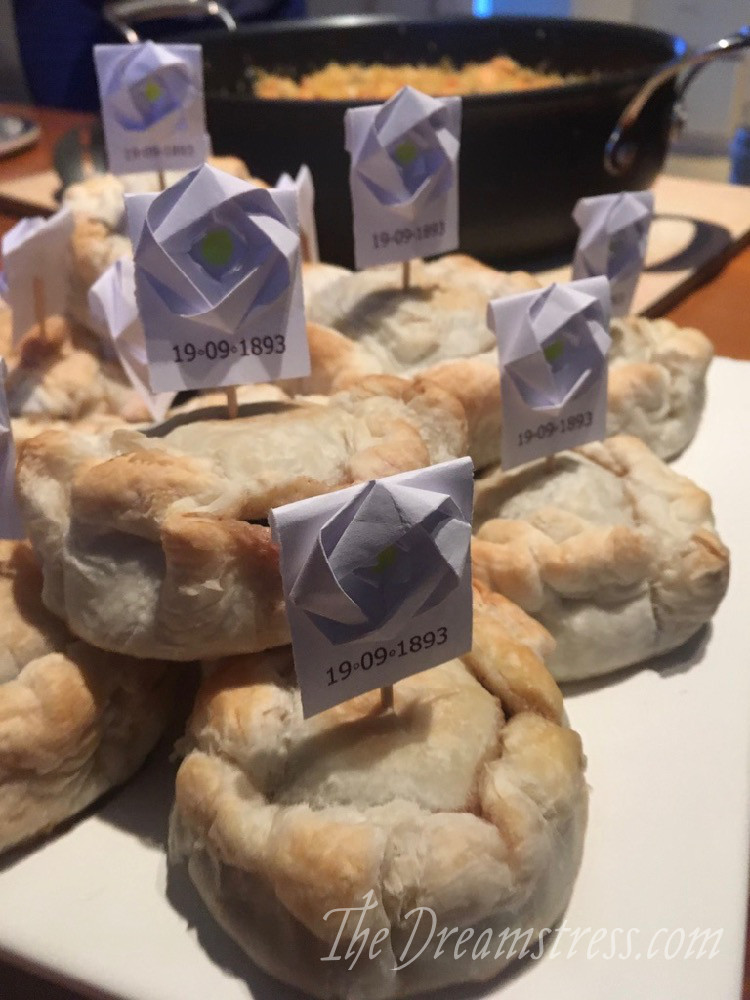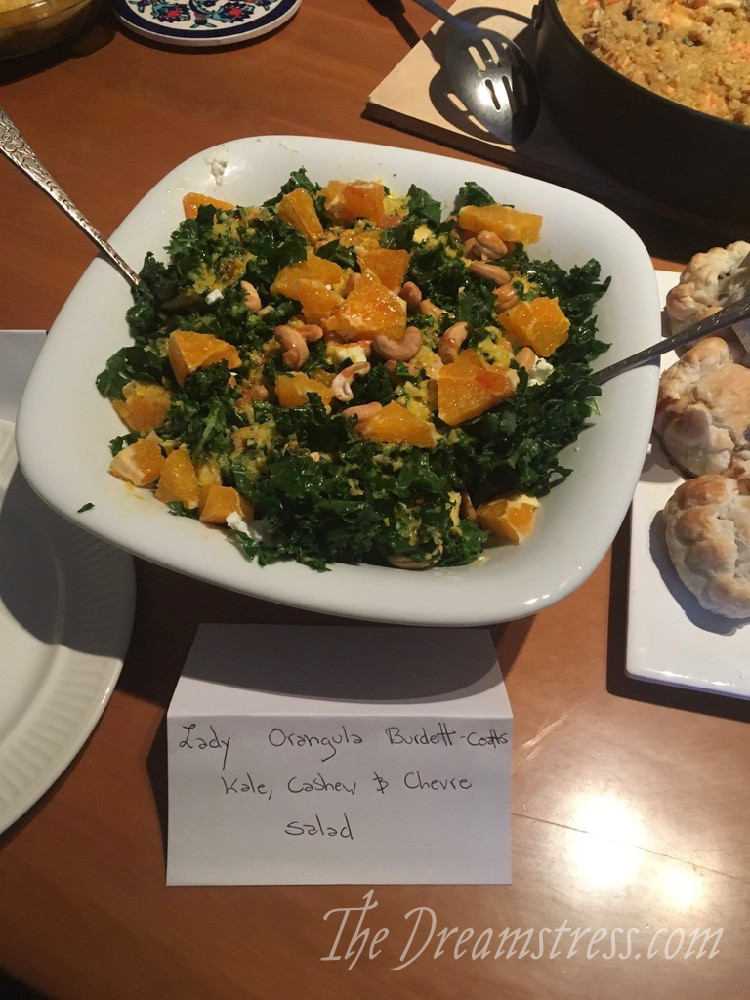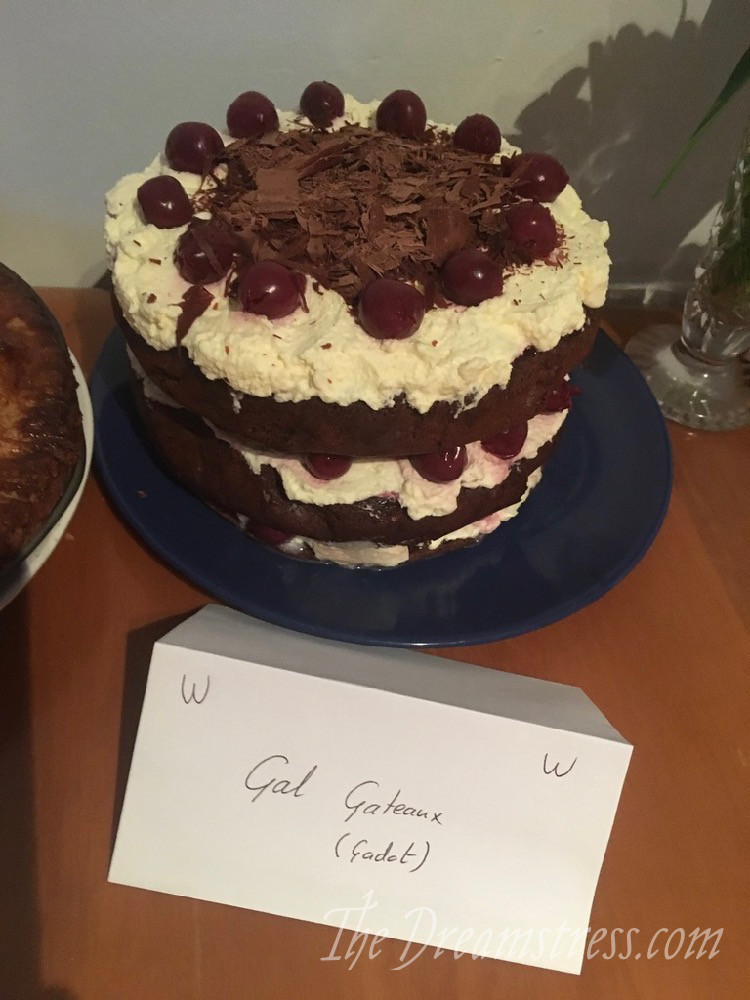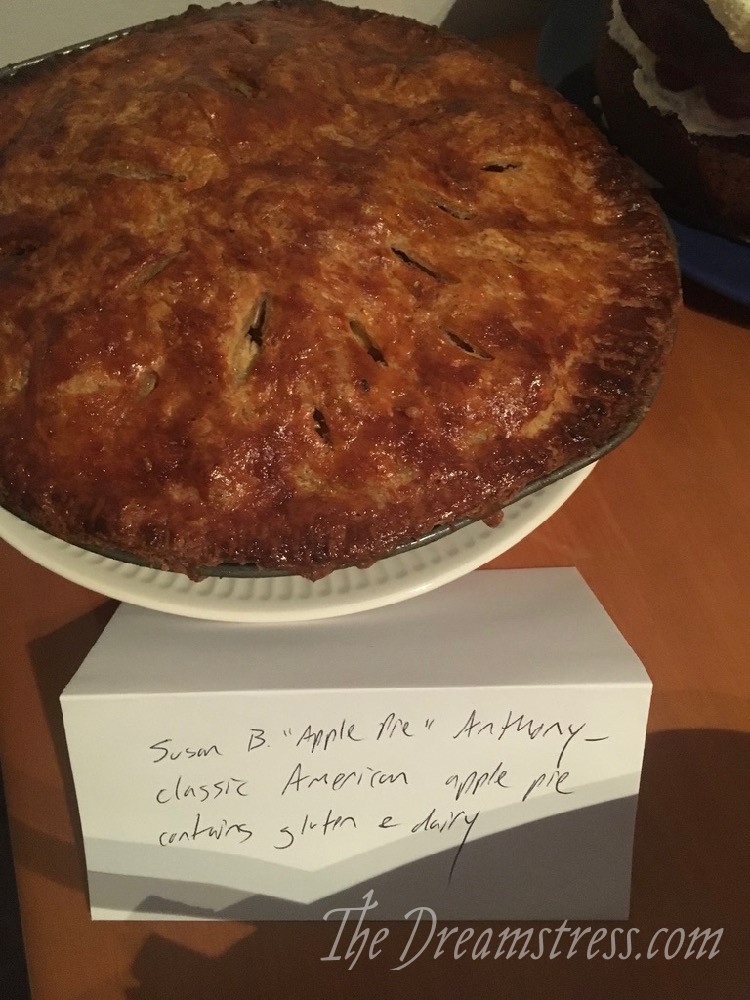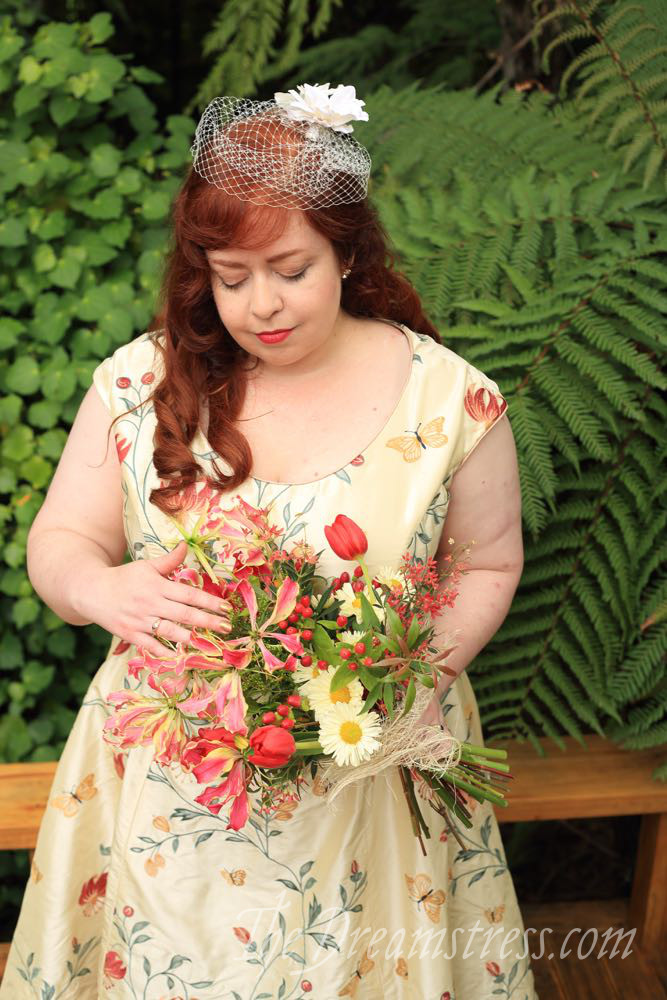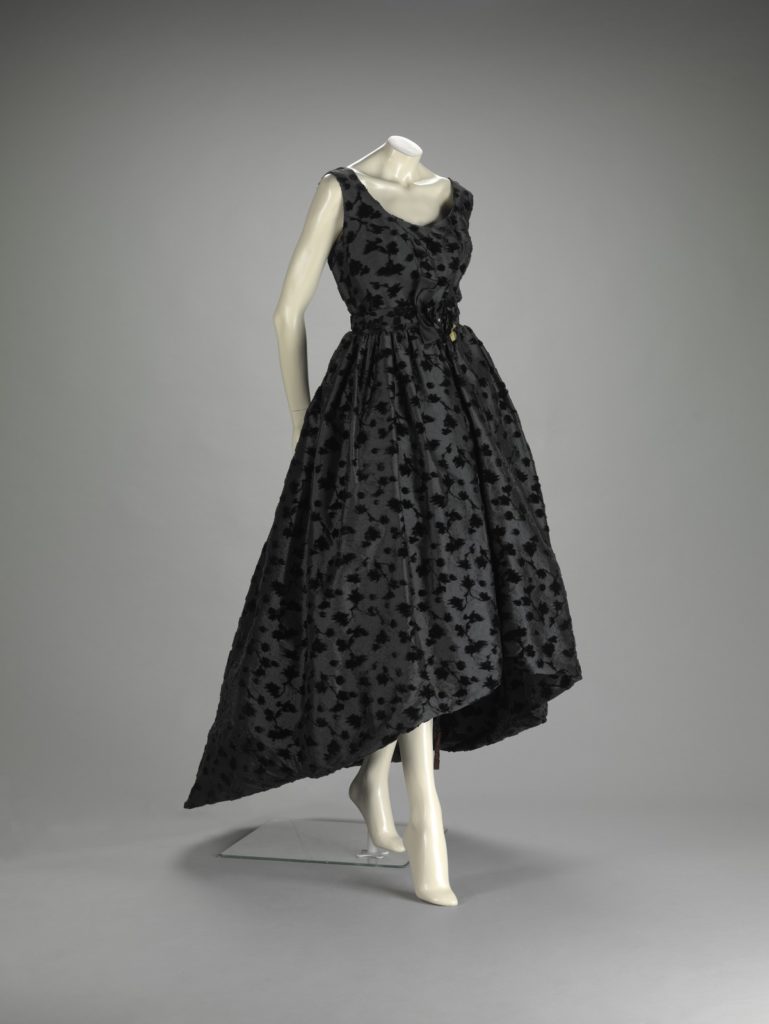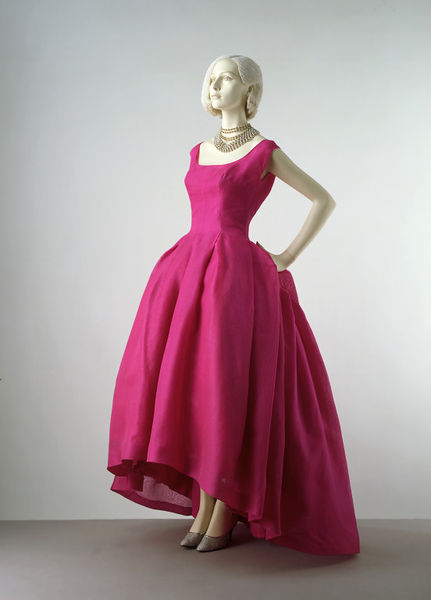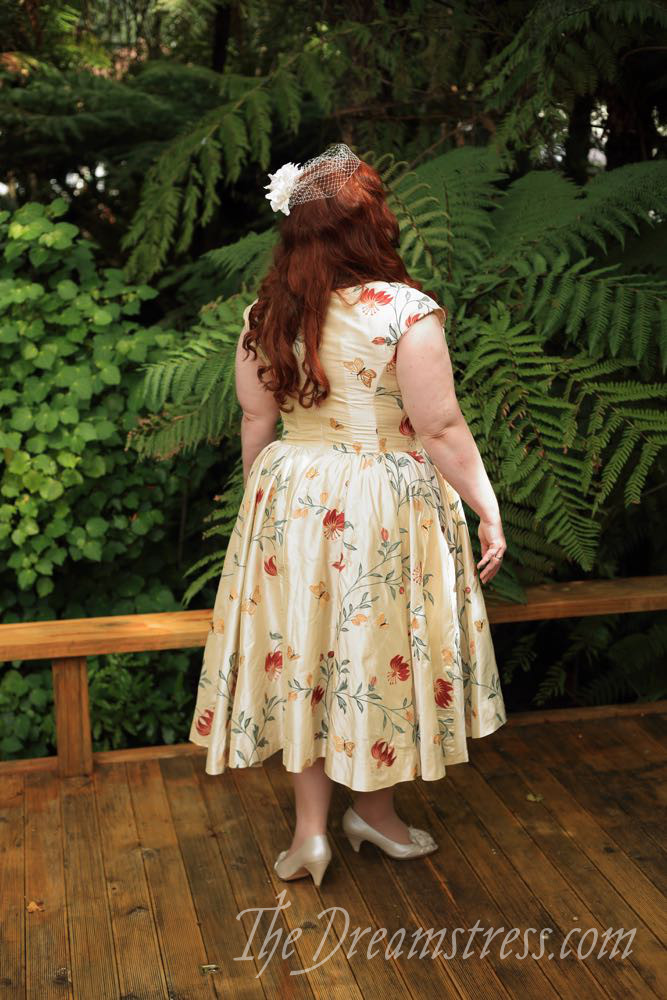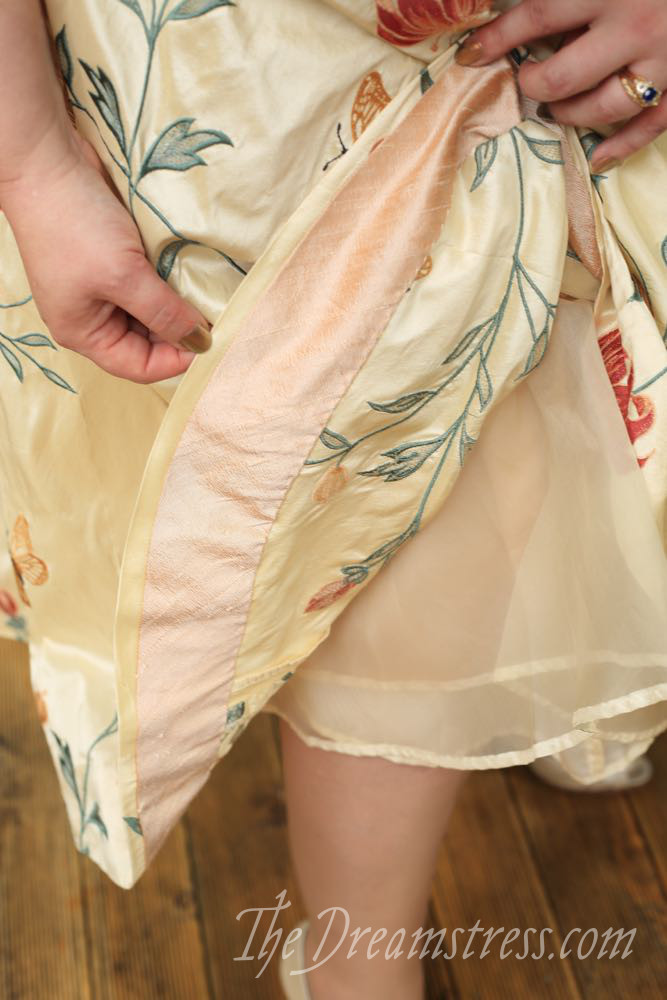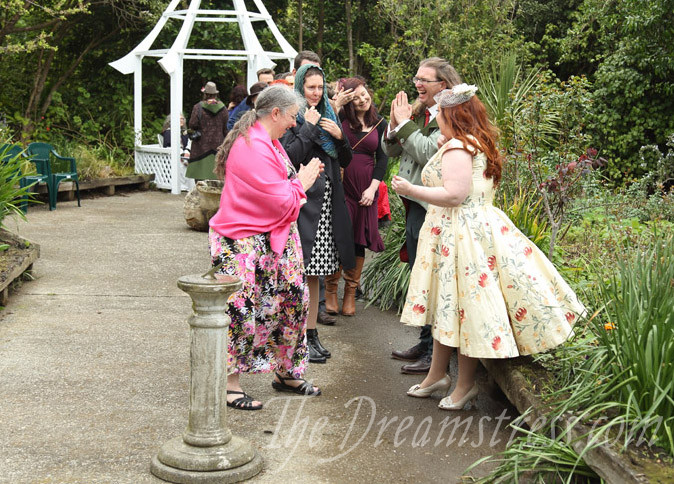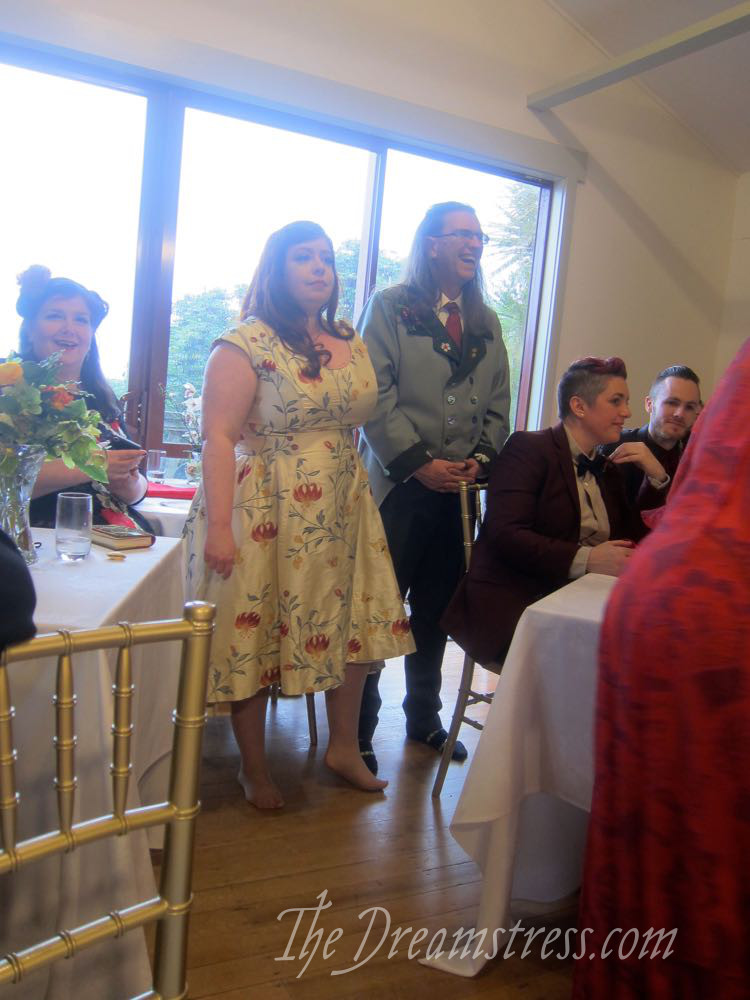Last week’s very vividly green 1840s dress sparked a lively discussion over whether it was actually poison-green (i.e. arsenic green) or just poison-green coloured. Deadly or not, most of you liked the brilliant hue, and while not everyone was keen on the ruffles and ties and overall silhouette, it still came in at a rather nice 8.5 out of 10.
Whew! We’d been on such a bad streak, nice to have a good score again. Will this week’s choice revert back to the poor scores, or set us on another winning streak?
This week let’s look at Madame Houbigant, wife of perfumer Jean-François Houbigant. Her feather-trimmed cap, heavy satin over-robe, lace chemisette and Kashmiri shawl provide a more mature take on the ubiquitous all-white ensemble of Regency and Empire fashion.
Nicole Adeläide Deschamps was the daughter of a perfumer herself, and her husband entered the trade by apprenticing under her father in law, and then founding his own business. After rising in prominence under the ancient regime, and surviving the revolution, Houbigant Parfum went on to become the personal perfumers to Napoleon. He travelled with their perfumes on campaign, and they were asked to create a custom perfume for Josephine. This portrait, showing her in the height of Empire fashions, was probably commissioned to commemorate the success of Houbigant Parfum under the Napoleons.
Unfortunately the triumph of Houbigant Parfum was also marked by tragedy: Jean-François died in 1807. After her husband’s death, Madame Houbigant continued the business. Unfortunately, in order to do so she had to marry a licensed perfumer, so she chose the chief clerk of Houbigant perfumes. I really hope she actually liked him!
(All of this makes me wonder if Houbigant Parfum is yet another business where the husband gets all the credit. Starting a business is admirable, but Nicole Adeläide potentially kept it going for 30+ years after her husband’s death, including a period where it was official perfumer to Queen Victoria. She barely gets a mention in any of Houbigants official marketing. Did the chief clerk really do all the work, or should Madame H be receiving far more acknowledgement?).
Getting back to the actual question at hand: what do you think of Nicole Adeläide’s ensemble? Has she successfully mixed luxury, as befitted Houbigant Parfum’s success, with restraint, suitable to her age, and merchant background? As an example of Empire fashion, incorporating delicate laces, a luxurious Kashmiri shawl, and the heavy silks that Napoleon was promoting over imported muslins in order to support the threatened French silk industry, does this outfit work?
Rate the Dress on a Scale of 1 to 10


